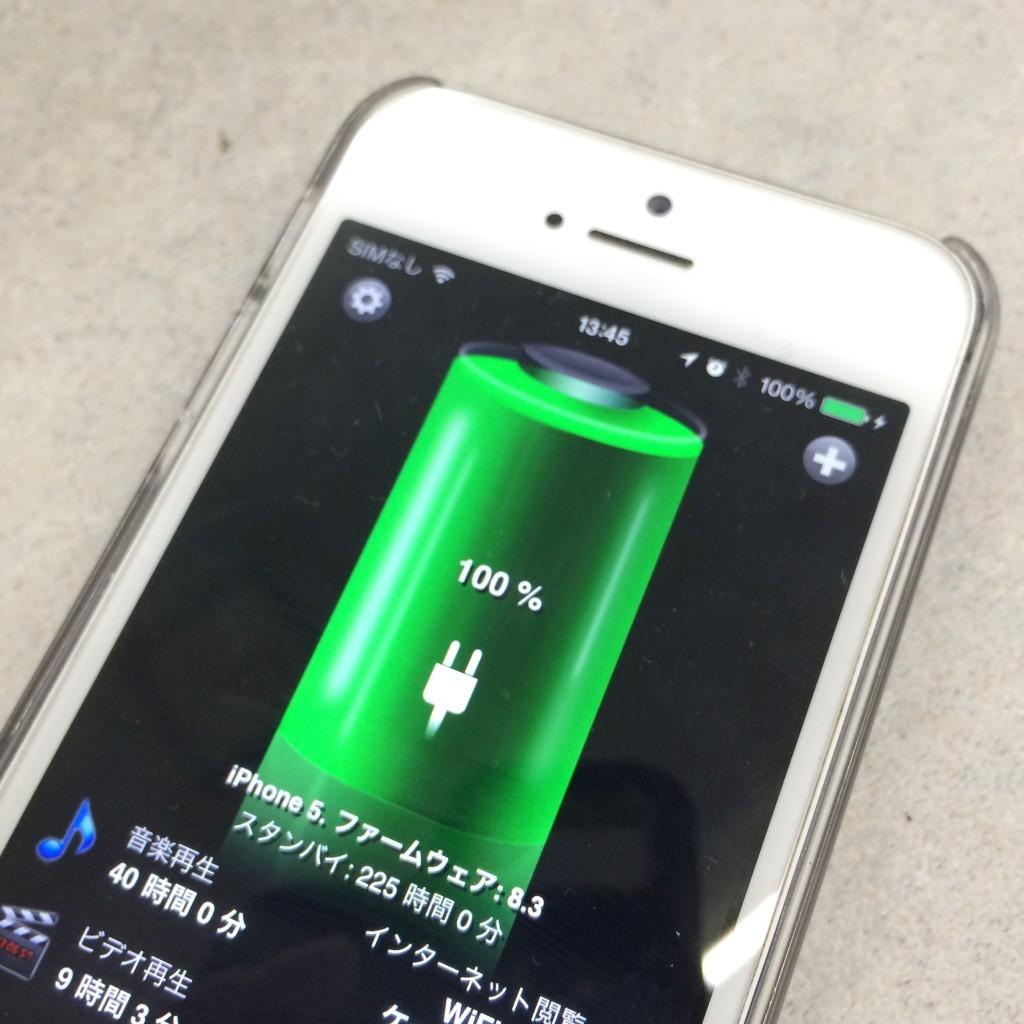How to keep your smartphone battery from depleting? Things to keep in mind if you want to use it for a long time
Have you ever noticed that your smartphone's battery life has gotten worse lately? If you keep using the same smartphone for many years, it feels like the battery life is getting worse.
By the way, according to a survey conducted by MMD Research Institute, a research company, the most important thing in smartphones is "battery life". This also shows how important the battery is in smartphones.
That's why this time, what is the point that does not deteriorate the battery performance when using a smartphone? We will introduce it along with the mechanism of battery deterioration.
Heat is the main cause of battery deterioration
Heat is the biggest enemy of lithium-ion batteries, which are mainly used in smartphones.
Lithium-ion batteries use graphite (layered crystals of carbon) in the anode (negative electrode), and when this anode reaches a high temperature, it reacts with lithium ions to form a passive film on the surface and move. Lithium ions decrease, which means the battery capacity decreases. Since this is a chemical reaction, the higher the temperature, the faster it proceeds. Therefore, lithium-ion batteries are susceptible to deterioration when exposed to high temperatures.
The most efficient temperature range for lithium-ion batteries is 10-40°C. It is said that when the temperature exceeds 40°C, the battery cycle efficiency begins to decline, and when the temperature exceeds 50°C, deterioration is likely to occur.

The above figure is the result of an experiment conducted by the Japan Science and Technology Agency, where a lithium-ion battery was left in a 50% charged state. Although there was little deterioration at 25°C and 40°C, it can be seen that it deteriorates significantly at 60°C.
Batteries tend to deteriorate when the charging rate is high
In addition, since the cause of battery deterioration is the reaction between the graphite in the anode and the lithium ions, the state where the anode is rich in lithium ions, that is, the Deterioration tends to occur more easily when fully charged.
According to the results of experiments conducted by the Japan Science and Technology Agency, it can be seen that lithium-ion batteries deteriorate more easily when the charging rate is high. Especially when fully charged (SOC 100% in the figure), the speed of deterioration is very fast.
The reason why charging speed drops from around 80% to 90% on many smartphones is to prevent heat generation when the charging rate is high. Well thought out.
Specific Ways to Extend Battery Life
From the above, you can see that it is important for Lithium-ion batteries to avoid heat and keep them on full charge. In particular, it is necessary to be careful of heat generation during charging, which is a double attack.
For example,
It is a very painful condition for the battery, and it is the cause of deterioration.
In order to prevent smartphone battery deterioration, do not use it in hot environments such as under direct sunlight in the middle of summer or in hot baths, and avoid using your smartphone as much as possible when it is charged, especially when it reaches 80% or more. Games are a must!), it is effective to keep the battery charged at around 50% and store it in an environment of around 25°C when not in use for a long period of time.
Please keep in mind that these measures only prevent deterioration and do not improve battery life.
Also, if it is an iPhone, optimization of battery charging that suspends 80% or more charging depending on the situation, Sony's HS power control that supplies power directly to the main body without going through the battery when using Xperia, For AQUOS, there are dedicated battery protection settings for each manufacturer, such as Sharp's Intelligent Charge, which supplies power directly to the main unit when it reaches 90% or more. These are also effective means to prevent battery deterioration, so please take advantage of them.
*This article is about lithium-ion batteries that are installed in smartphones, personal computers, and electric vehicles. Please note that the materials used for nickel-metal hydride batteries used in rechargeable dry batteries and lead-acid batteries used in general automobiles are different.